Through centuries of historical ups and downs, the Temple of Literature - Quoc Tu Giam - although no longer a university - continues its mission of continuing the nation's tradition of studiousness.
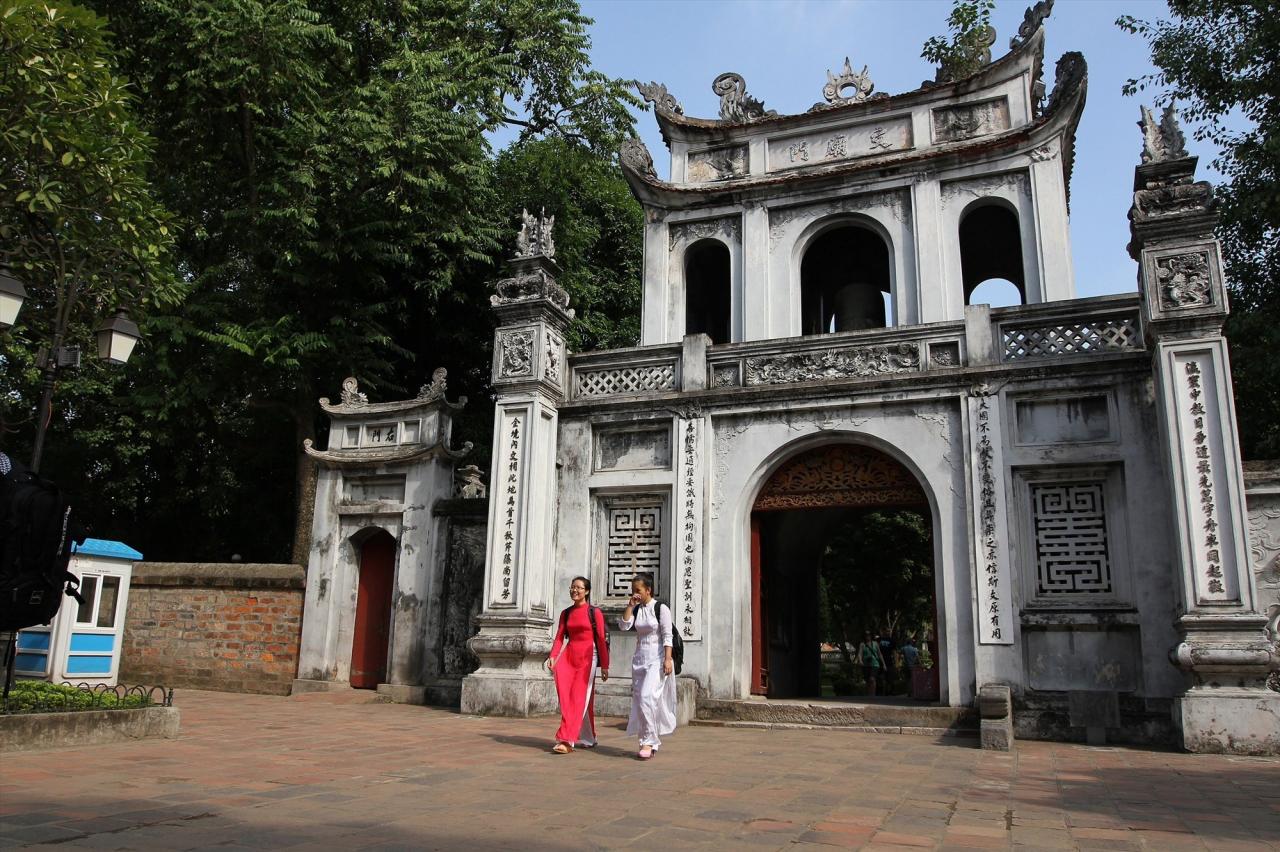
Temple of Literature - Imperial Academy. Photo: Hai Nguyen
The Temple of Literature was built in 1070, under the reign of King Ly Thanh Tong, to become a place to worship Confucian sages. In 1076, King Ly Nhan Tong established the Imperial Academy as a royal school for literate officials and royal children to study.
The Temple of Literature - Quoc Tu Giam was born as a solid foundation for the path to perfectingeducational policies and nurturing talents in Vietnam. Up to now, the first university of Vietnam has become a cultural heritage of humanity, a spiritual relic, and a must-see destination on the Hanoi tourist map.
Go a day's journey
It is not wrong to compare the journey to visit the Temple of Literature - Quoc Tu Giam as a "learning a basket of wisdom" session. The more you go, the more you find there are so many things to explore and learn, and you come back here again and again to dig deeper and research more about the nation's tradition of studiousness. Every detail in the architecture of the Temple of Literature seems to remind us of the spirit of studiousness.
The Temple of Literature - Imperial Academy is located in the middle of a row of brick walls surrounding it, the space is divided into 5 layers with different architectural features. Each layer of space is divided and connected by brick walls including a main door and two side doors. From the outside to the inside, the gates are: Temple of Literature gate, Dai Trung gate, Dai Thanh gate and Thai Hoc gate.
The first gate is the Initiation area. Initiation can be understood as entering Confucianism, a state of readiness on the path leading to the Confucian gate and the Trinh courtyard. This journey can be summarized by the Confucian educational motto: learn etiquette first, then learn literature. That is, when a student starts going to school, the first thing he must understand is the rules and regulations.
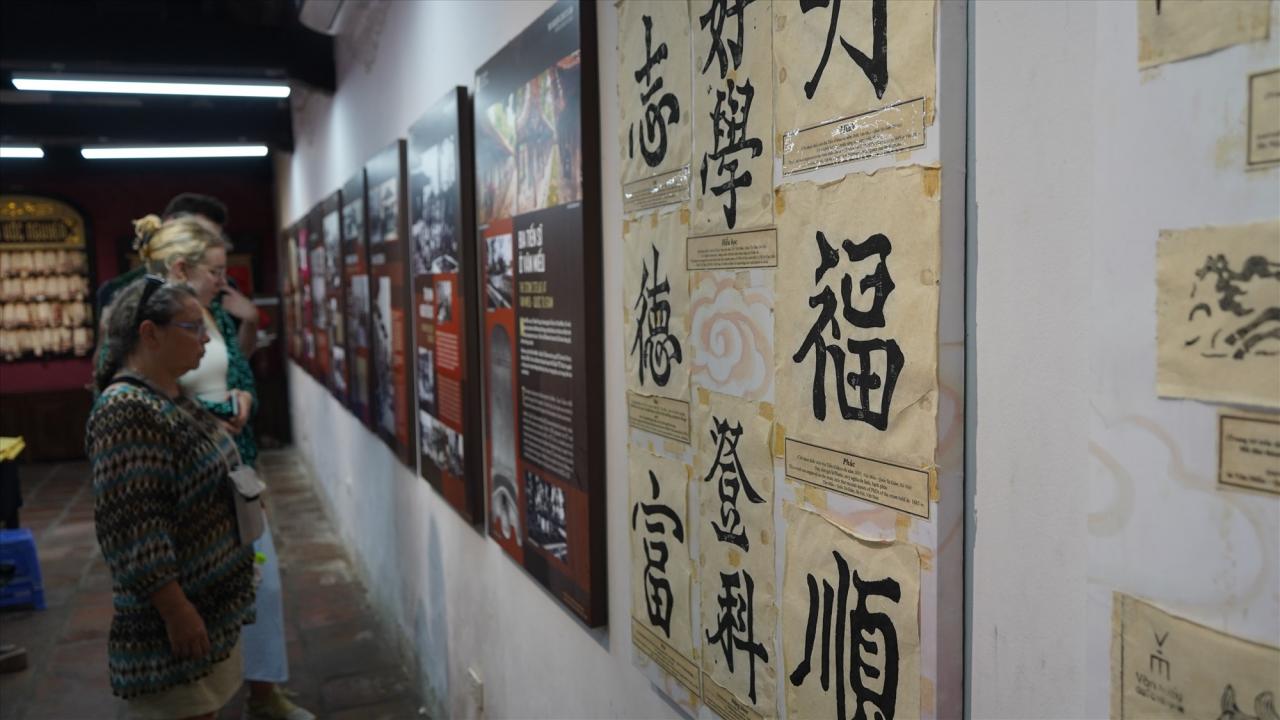
Visitors learn about history and culture.
Next is Dai Trung Mon, leading to the second area of the Temple of Literature. Dai Trung Mon has simple architecture, but its special feature lies in the hook vase, on both sides of which are embossed pairs of carps. According to folk beliefs, hooks are pure dew, and a year with hooks promises good fortune.
The embossed vase seems to represent the ancient people's wish when building the Temple of Literature in the middle of the capital: to gather the quintessence of heaven and earth, the essence of philosophy, and to gather on this land. The pair of carp in the court reminds us of the story of "the carp jumping over the dragon gate" and turning into a dragon.
It is impossible not to mention Khue Van Cac - a construction built in 1805 under the reign of King Gia Long. The architecture was inspired by the star Khue, the name of a bright star of literature, further enhancing the artistic and cultural value. On both sides of the Khue Van pavilion are two small doors named Bi Van and Suc Van - corresponding to the two basic criteria for Confucian students to cultivate: polished, clear literature and meaningful, concise literature.
The next area of the relic cluster is the Doctor's Stele House area. In the middle of the area is the Thien Quang Well, which means the well of heavenly light. On both sides of the well are 82 Doctor's Steles recording the names of 1,300 Doctors of 82 examinations during the Le and Mac dynasties from 1442 to 1779.
Behind the Temple of Literature is the Imperial Academy, including the Front Hall, Back Hall, Left and Right Halls, the Bell Hall, and the Drum Hall on both sides. In the middle of the Back Hall is a bronze statue of Chu Van An - the great teacher known as the Founder of Vietnamese Confucianism. On the second floor are statues of three kings who contributed to the construction and development of the Temple of Literature - Imperial Academy: King Ly Thanh Tong, Ly Nhan Tong, and Le Thanh Tong.
Special address of Hanoi
After nearly 1,000 years - through bombs and war and restorations, the Temple of Literature - Quoc Tu Giam still retains its ancient architecture, attracting hundreds of thousands of visitors every year. This place also leaves an impression on visitors about a peaceful space in the middle of the city.
“Walking through the gates of the Temple of Literature felt like entering an oasis. The picturesque gardens, traditional architecture and tranquil lakes encapsulate a world apart from the bustling city outside the historic walls,” said Laura, an Australian tourist.
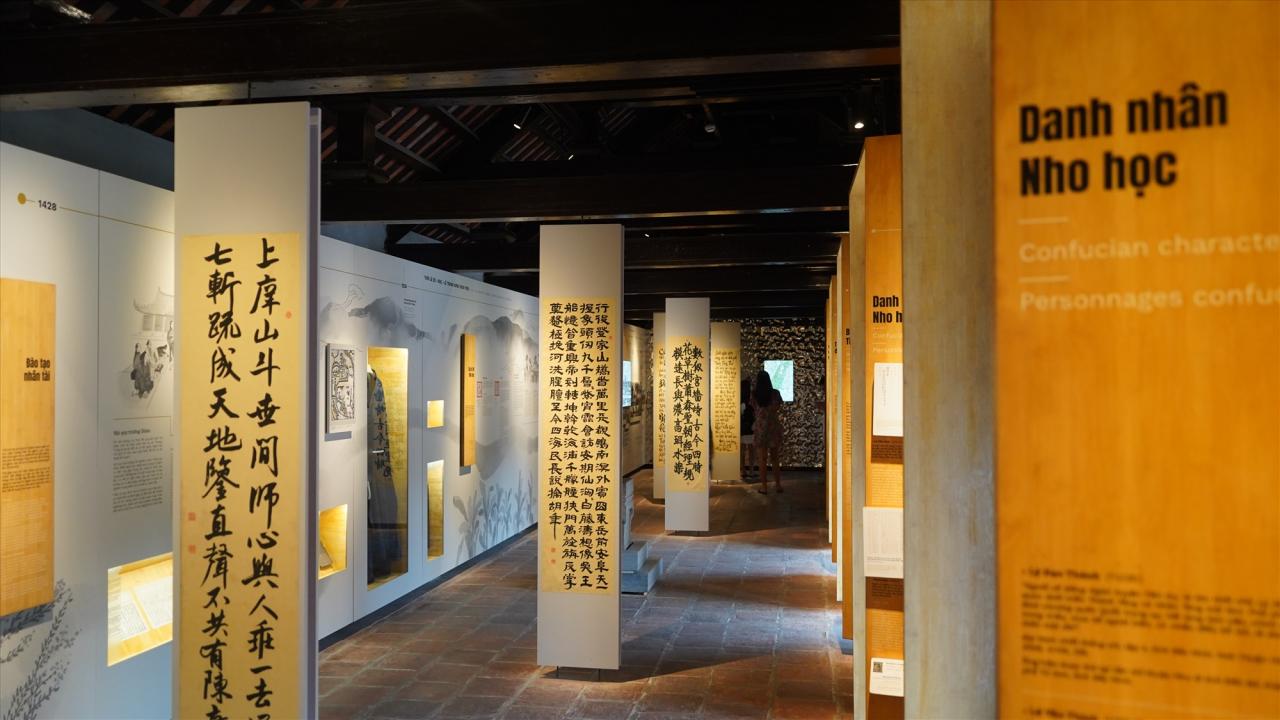
The Temple of Literature - Quoc Tu Giam regularly organizes exhibitions, displays, activities...
In the hearts of Vietnamese people, the Temple of Literature - Quoc Tu Giam is a relic of spiritual value, a symbol of wisdom, a place to preserve the tradition of learning. Every year at the beginning of the new year, before major and minor exams, the first university of Vietnam is crowded with thousands of students, pupils and students gathering to ask for calligraphy with the hope of passing the exam, asking for blessings for good luck.
“Going through different stages in life, everyone needs a spiritual support. That said, for students who experience anxiety before exams, we all remember the Temple of Literature - Quoc Tu Giam as a solid psychological lever,” Dao Thi Giang, a student at the Vietnam Academy of Traditional Medicine, expressed.
Not only a “static” architecture in the midst of this ever-changing life, the Temple of Literature - Quoc Tu Giam also continues to promote the tradition of studiousness. Every year, families, agencies, organizations and groups bring tens of thousands of students from all over the country to the first university of Vietnam to organize a ceremony to encourage learning and honor the traditions of their ancestors. This relic will forever be a place to preserve, conserve and spread the tradition of studiousness, respect for teachers and respect for talents of the country.
laodong.vn


![[Photo] General Secretary To Lam receives Australian Ambassador to Vietnam Gillian Bird](https://vphoto.vietnam.vn/thumb/1200x675/vietnam/resource/IMAGE/2025/6/26/ce86495a92b4465181604bfb79f257de)



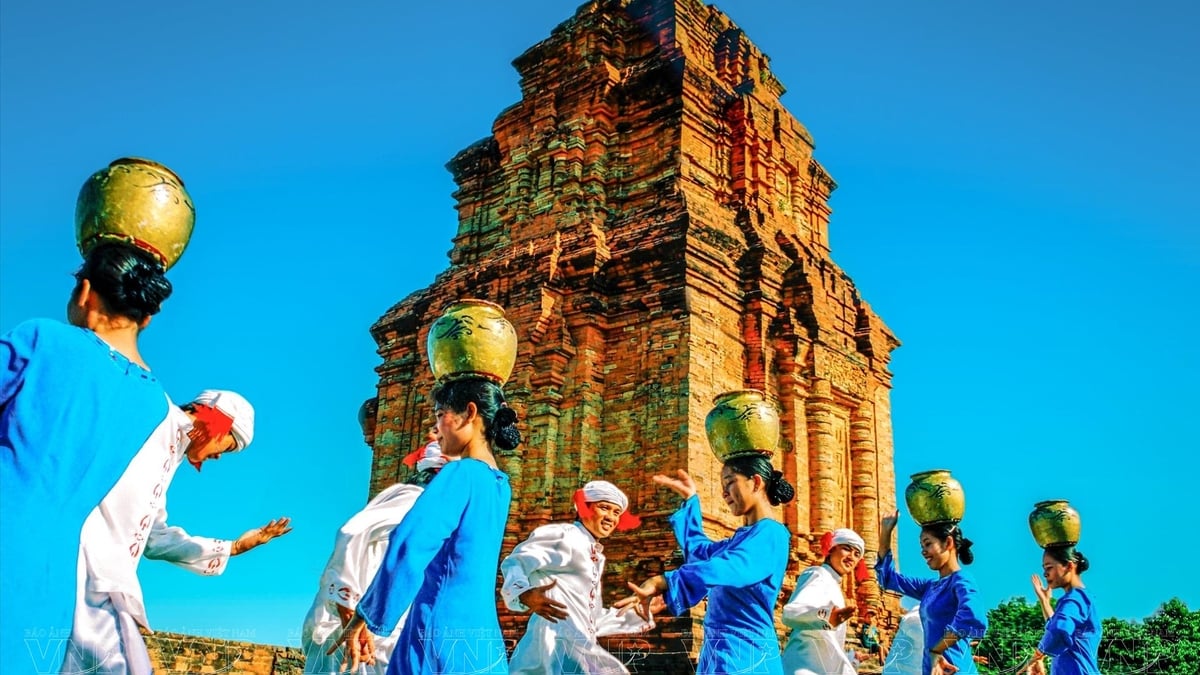
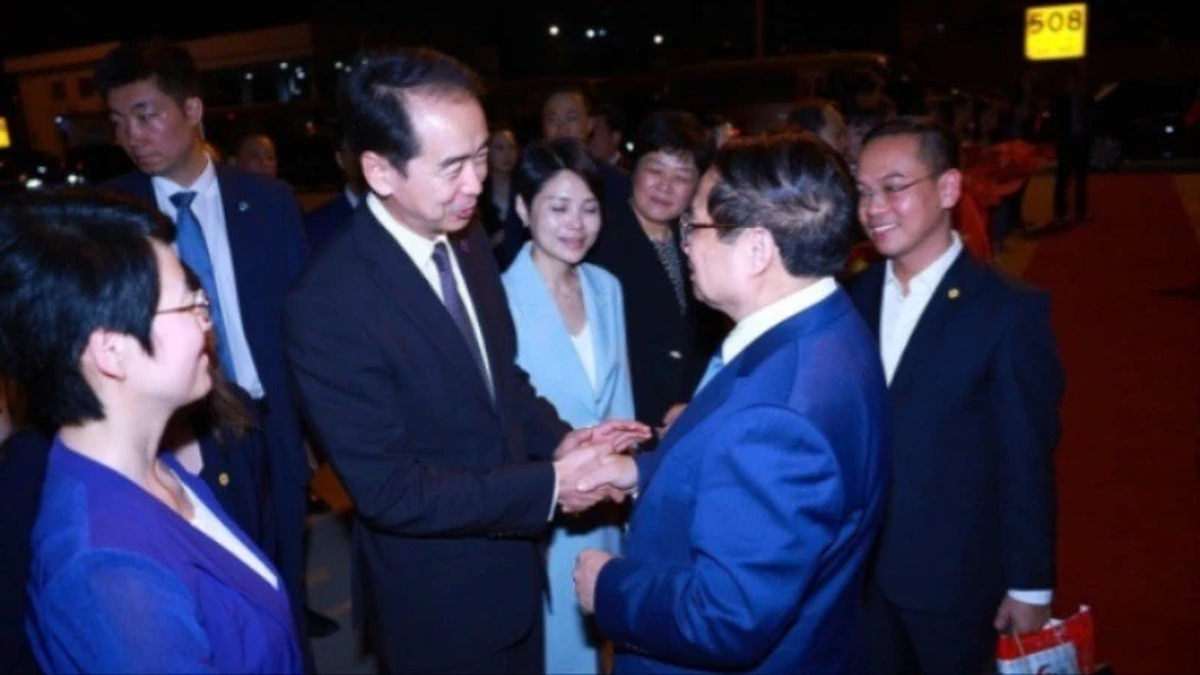






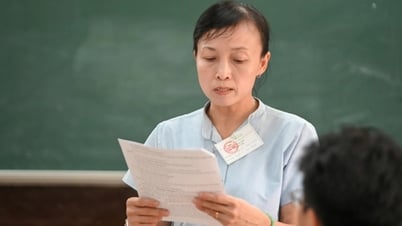








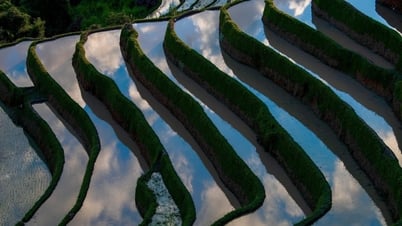




![[Photo] Candidates take the first graduation exam with the new Literature topic](https://vphoto.vietnam.vn/thumb/1200x675/vietnam/resource/IMAGE/2025/6/26/dfded9e317554c25a3e26defe672ebb7)




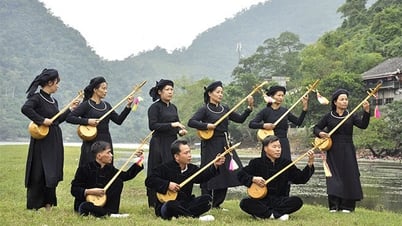



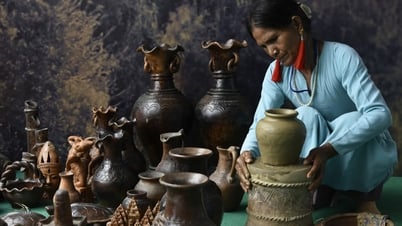


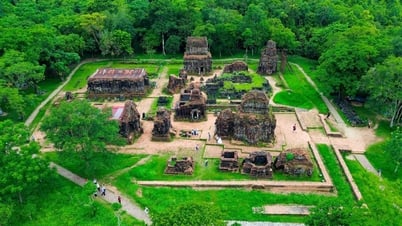
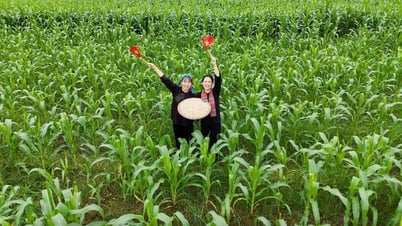

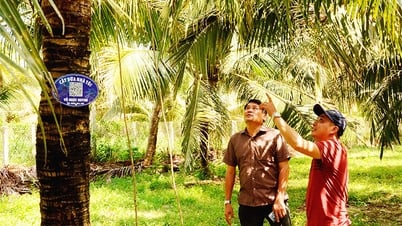


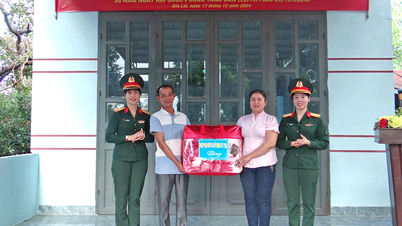



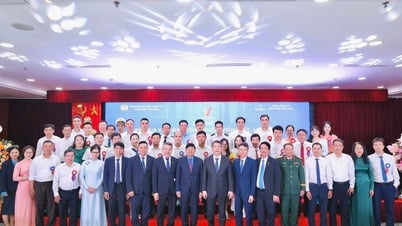


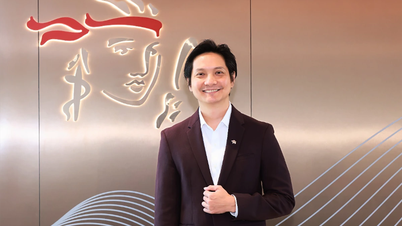








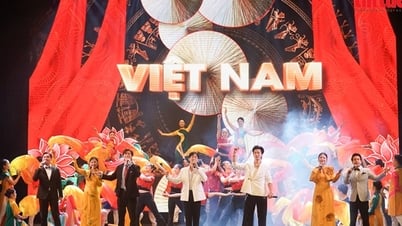
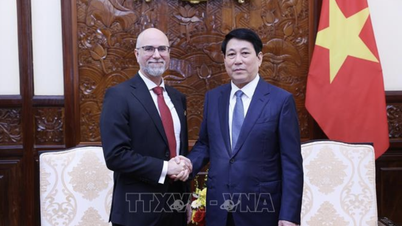






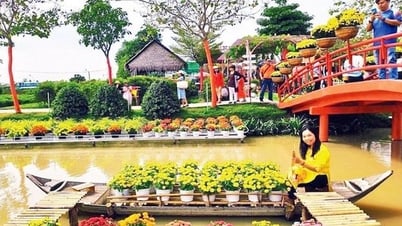
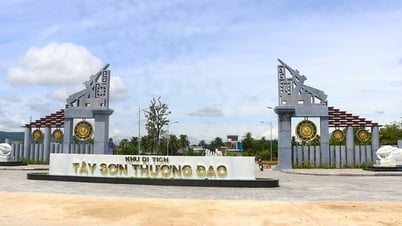
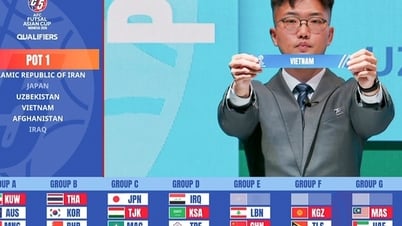

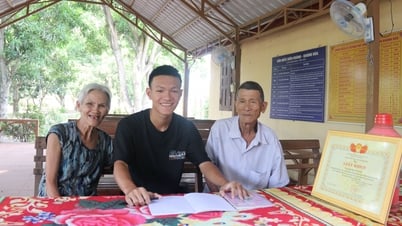


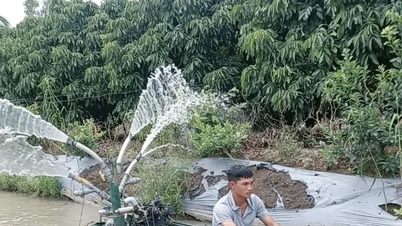
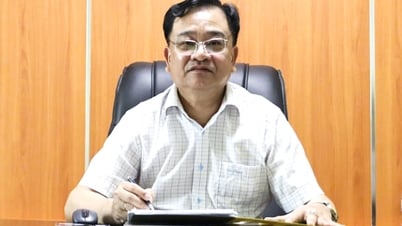
















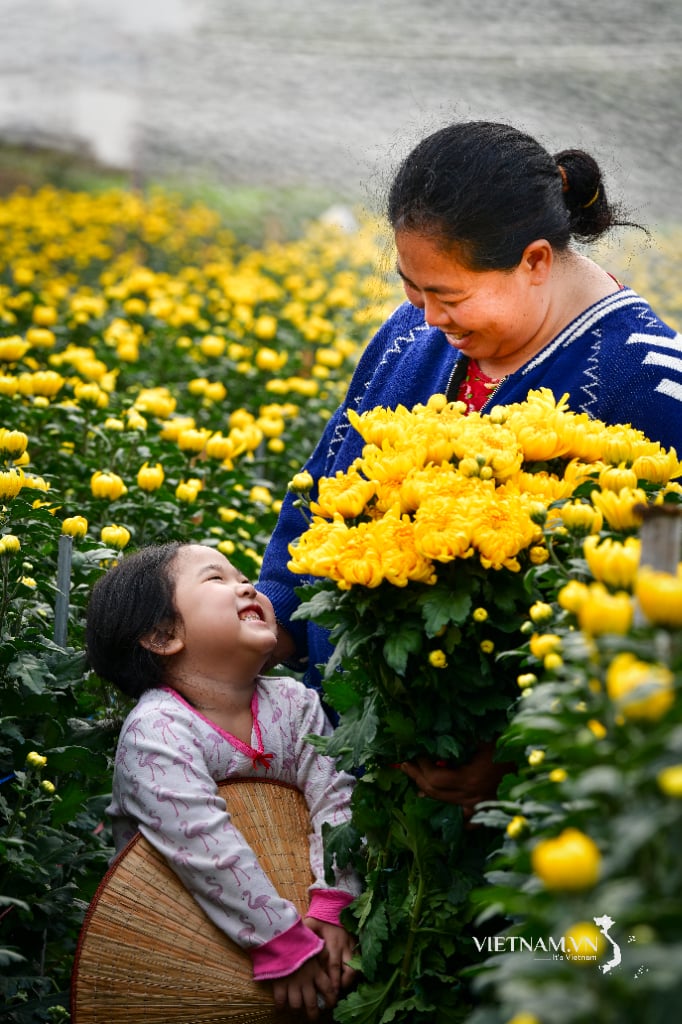
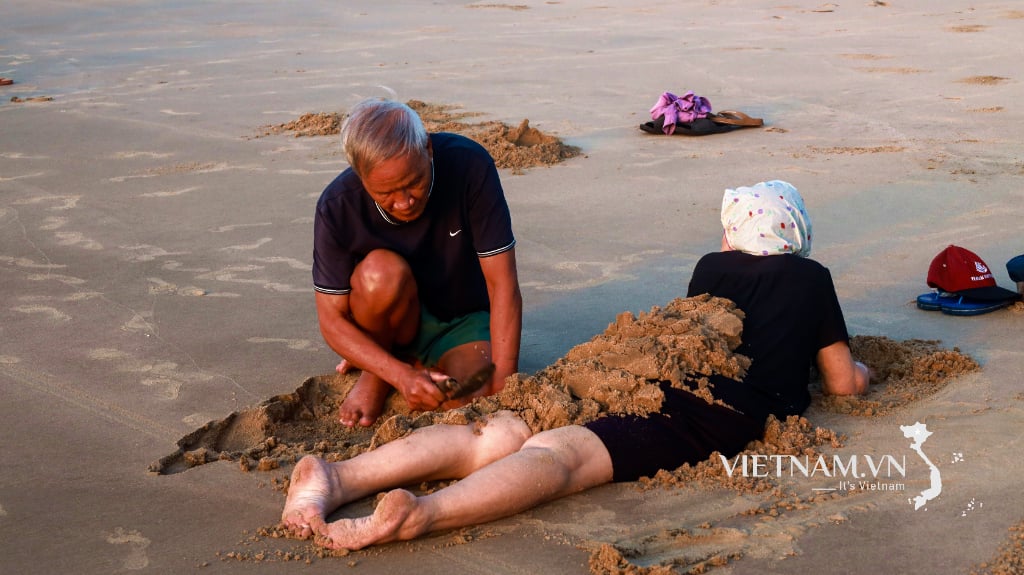
Comment (0)